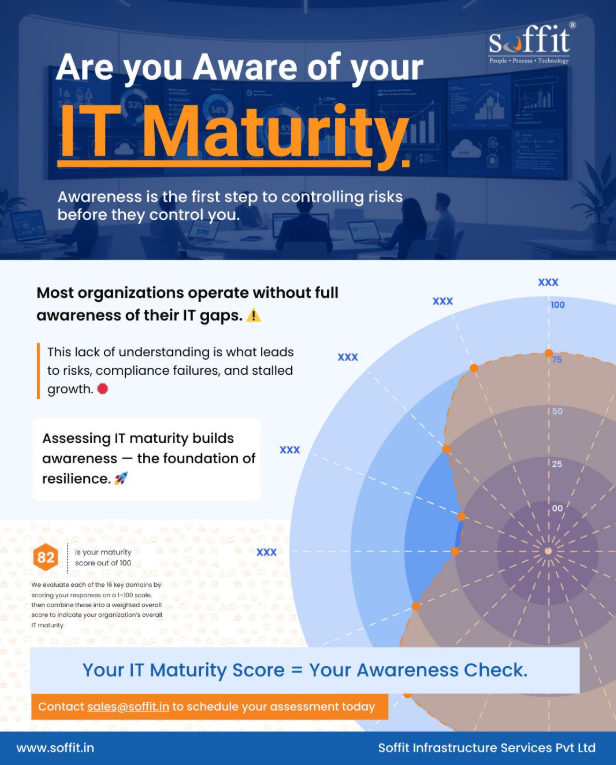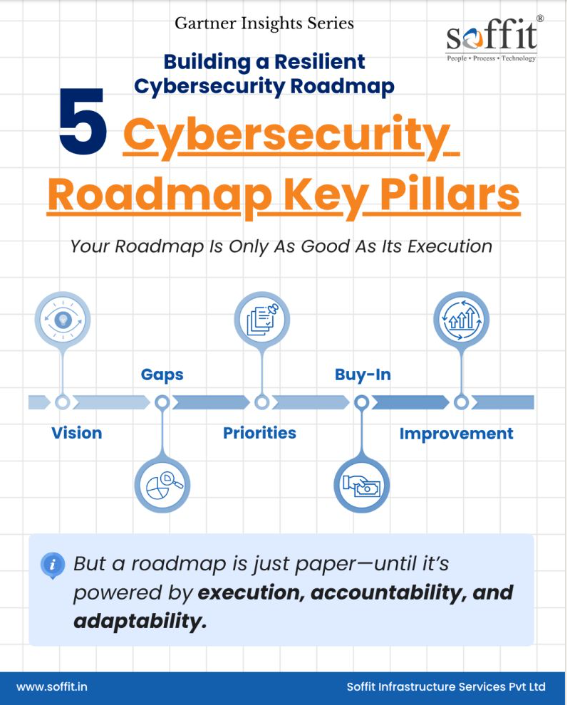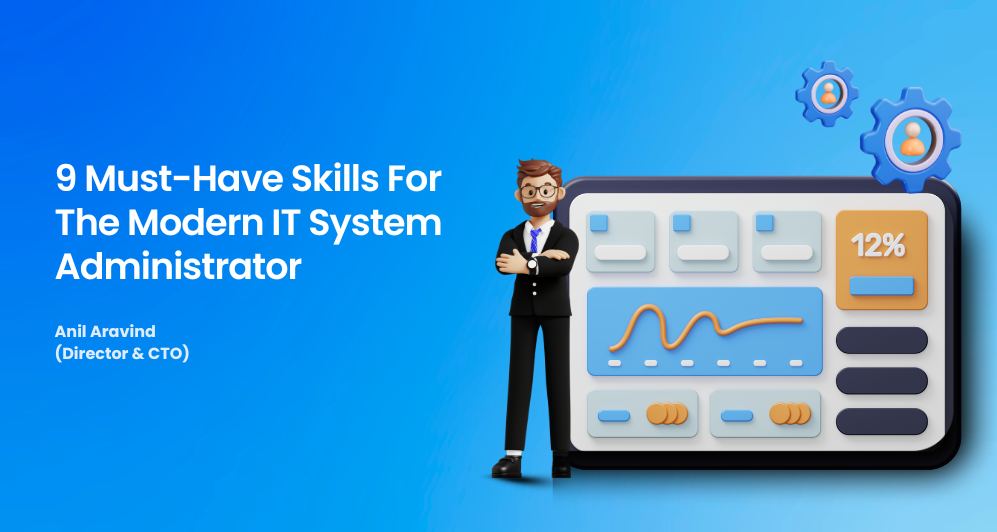
Heading
Lorem ipsum dolor sit amet, consectetur adipiscing elit. Suspendisse varius enim in eros elementum tristique. Duis cursus, mi quis viverra ornare, eros dolor interdum nulla, ut commodo diam libero vitae erat. Aenean faucibus nibh et justo cursus id rutrum lorem imperdiet. Nunc ut sem vitae risus tristique posuere.
Last updated on
May 5, 2025
min read
Organisations develop and implement various IT strategies tailored to their unique needs and goals. Key IT strategies often include business-IT alignment, innovation with emerging technologies, data management, IT infrastructure management, cybersecurity, and risk management. Despite these strategic efforts, many businesses face significant challenges, including:
o Lack of visibility and scalability
o Legacy infrastructure
o Technology adoption
o Skill shortage
o Cybersecurity risk management
o Increasing compliance demands
o Business continuity
o Managing change
o Large vendor ecosystems
o Cost overruns
Traditional IT management often follows a reactive cycle—design, deploy, and manage—which fails to address these ever-growing complexities. What businesses need is a proactive, integrated approach to IT that enhances resilience, agility, and security. This is where Soffit’s Integrated Managed Services (iMS) make a significant impact. Our goal is to demystify iMS, not just as a service but as a strategic IT management approach tailored to meet your business’s unique needs. This exploration goes beyond understanding—it equips you with the insights needed to make informed decisions for your organization.
The Power of Integrated Managed Services (iMS)
At Soffit, we believe IT management isn’t just about keeping the lights on—it’s about unlocking business potential. Our Integrated Managed Services (iMS) provide a unified framework to align IT infrastructure, security, and compliance, ensuring seamless operations and proactive risk management.
Planning with purpose
In the planning phase, businesses should gain a deep understanding of their unique needs. This process involves defining IT strategies that align with business goals, creating a comprehensive IT roadmap, designing a robust architecture, and identifying the necessary technology and infrastructure to support these objectives.
Design and deploy with precision
When it comes to design, organizations should develop a detailed plan tailored to their specific needs. This includes creating technical blueprints, selecting the appropriate technologies, and defining clear integration requirements. The deployment phase should then follow, where these designs are implemented. It’s crucial to execute this phase using effective project management methodologies to ensure timely and efficient outcomes.
Protection and proactive management
To maintain the security and operational efficiency of IT systems, businesses must focus on protecting and managing their infrastructure. This includes configuring and optimizing IT systems, conducting regular security updates, applying patches, performing routine maintenance, and troubleshooting any performance issues. Ongoing IT infrastructure administration is also essential, involving continuous system performance monitoring and resource management to minimize downtime and mitigate vulnerabilities.
Real-time threat detection and response
Detecting and responding to security incidents are critical tasks that organizations should prioritize. A Security Operations Center (SOC) should be established to continuously monitor the IT landscape for potential threats. Advanced technologies can help identify security anomalies, which should be promptly escalated to an Incident Response (IR) team. The IR team must then follow a structured response plan to investigate and address incidents, validate threats, contain impacts, and execute remediation steps.
Resilience & recovery
After a cyber incident or disruption, businesses must focus on the recovery phase to restore operations and ensure continuity. This phase, often managed by the IT Managed Services (IMS) team, is vital for implementing business continuity planning strategies that maintain critical functions during disruptions. Depending on the severity of the incident, such as a ransomware attack, recovery could take weeks, underscoring the importance of a well-prepared team.
Continuous assurance & compliance
To ensure that IT systems and practices consistently meet regulatory standards and industry best practices, businesses should implement a multifaceted assurance approach. This includes conducting regular compliance checks to align with regulations like RBI guidelines, CERT-IN requirements, and DPDP, as well as performing risk management to identify and mitigate potential threats. Regular IT audits and security testing are necessary to validate the effectiveness of IT controls, while continuous compliance monitoring ensures ongoing adherence to evolving regulations. Effective assurance also requires establishing robust governance frameworks to support compliance and risk management efforts.
Why a Unified IT Strategy Matters
Many businesses juggle multiple IT service providers for different needs—network security, infrastructure management, compliance audits. This fragmented approach creates gaps in visibility and delays incident response.
Soffit’s Integrated Managed Services (iMS) framework streamline IT management by combining:
✔️ Visibility& Scalability – Gain centralized control over IT environments
✔️ Technology Agnosticism – Avoid vendor lock-in with adaptable solutions
✔️ Faster Technology Adoption – Leverage new innovations seamlessly
✔️ Deep Expertise & Best Practices – Access certified professionals across IT domains
✔️ Optimized Costs & Efficiency – Reduce downtime, cost overruns, and inefficiencies
✔️ GRC–Mange Cyber risks, establish governance and achieve compliance
The Future of IT is Integrated
IT management is no longer just about keeping systems running—it’s about creating a resilient, adaptive, and secure digital foundation for business growth. Adopting Integrated Managed Services isn’t just a strategic choice—it’s a paradigm shift in how IT should be managed.
Let’s move beyond IT silos and towards a unified, proactive approach. Soffit’s iMS delivers a framework that ensures every component of IT works inharmony—enhancing resilience, security, and scalability.
Join our Community
Subscribe for exclusive updates and news.
Read about our privacy policy.



.svg)












.webp)
.webp)
.webp)
.webp)
.webp)
.svg)






.webp)

.webp)







































